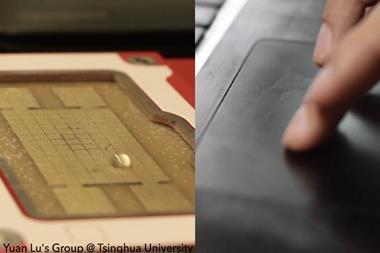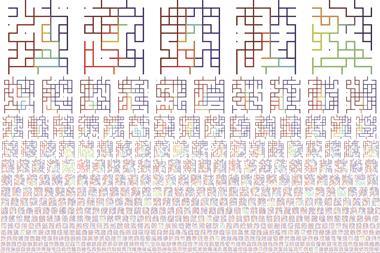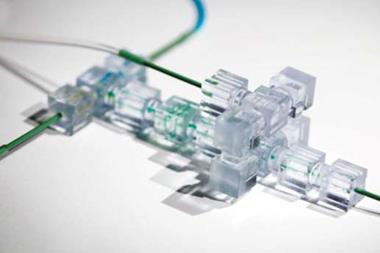Quick and cheap way to build microfluidic prototypes
Scientists in the US have drilled tiny channels into the walls of Lego bricks then used them to construct modular microfluidic systems.
Crystal Owens and John Hart from the Massachusetts Institute of Technology used a desktop micromilling machine to drill channels as small as 150μm wide into the store-bought Lego. They designed each brick to perform one or more function including mixing, droplet generation, sorting and sensing. Miniature O-rings placed in micromilled grooves allow for reversible brick-to-brick sealing. The team assembled the modified bricks on a standard Lego baseplate to create microfluidic systems that are simple and quick to reconfigure.
’I worked in a microfluidics lab in undergrad, which focused on designing small devices to detect certain kinds of cancer in blood samples, and saw firsthand how difficult and time-consuming it was to work in the cleanroom and fabricate good devices,’ says Owens. ’’Making the system modular is a natural choice, because a system can be built piece-by-piece without knowing the final design, and easily changed,’ she adds.
The researchers say this is the first demonstration of a fully reconfigurable modular microfluidic system that features reversible, non-permanent seals, and that has precise channels less than 250μm wide.
References
This article is free to access until 28 February 2018
C E Owens and A J Hart, Lab Chip, 2018, DOI: 10.1039/c7lc00951h












1 Reader's comment